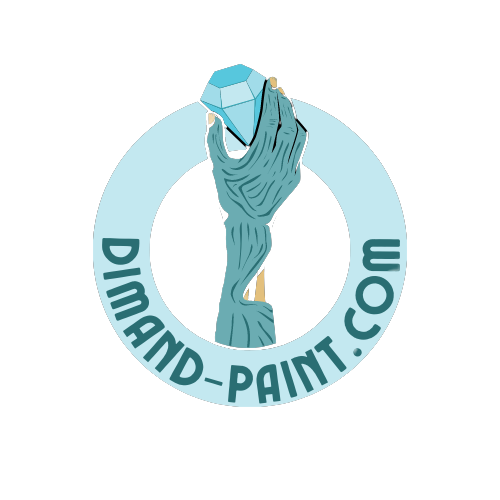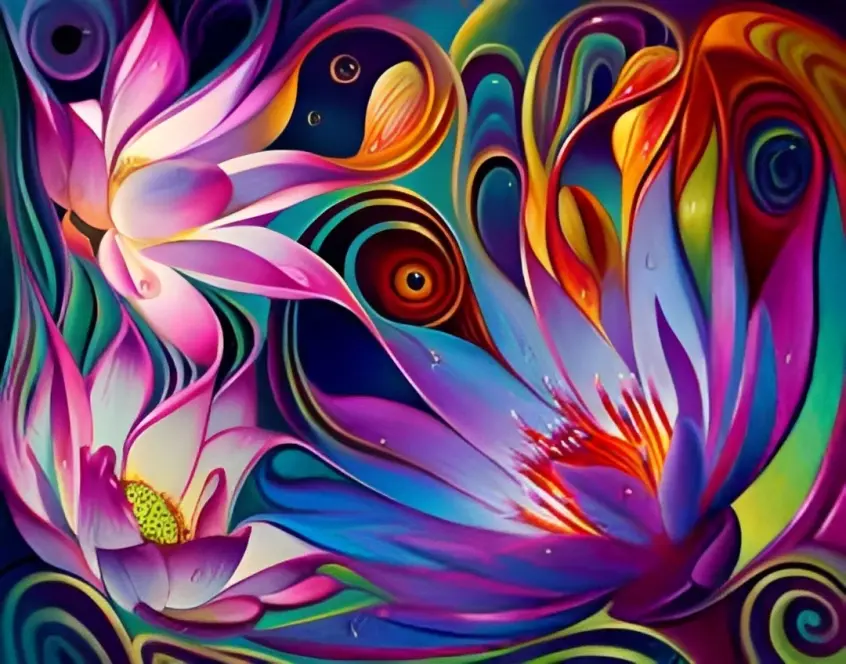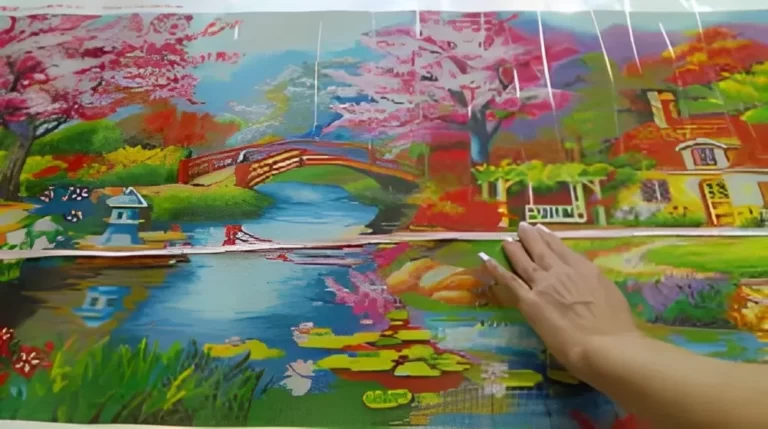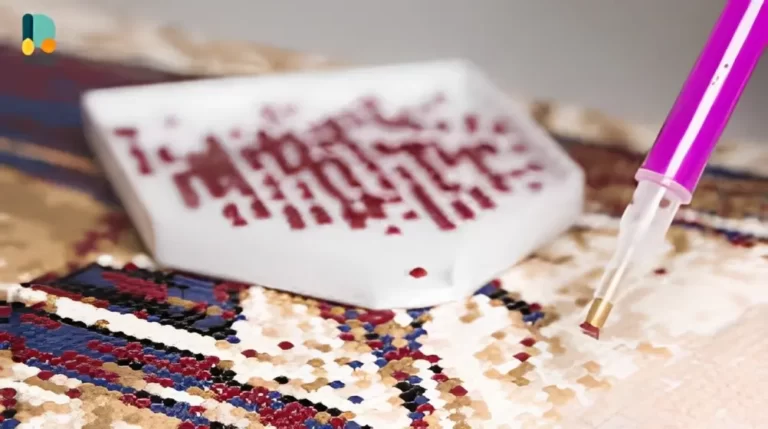How to Create a Diamond Painting with a Gradient Effect?
Diamond painting is a beloved craft that combines the allure of sparkly gems and the satisfaction of completing intricate designs. The art form has gained widespread popularity due to its therapeutic nature and the stunning results it produces. In this guide, we’ll delve into the fascinating realm of diamond painting, focusing on how to create a masterpiece with a gradient effect that adds depth and dimension to your artwork.
Understanding Diamond Painting
Diamond painting is akin to a cross between paint-by-numbers and mosaic art. It involves meticulously placing tiny resin or acrylic “diamonds” onto an adhesive canvas to form a larger image. The process is not only visually captivating but also provides a sense of accomplishment as the artwork takes shape.
Before diving into the gradient effect, it’s important to understand the tools and materials you’ll need for diamond painting. These typically include a canvas with a printed design, small diamond-cut gems, a stylus, wax, and a tray for organizing the gems.
What is a Gradient Effect?
In the context of art and design, a gradient effect refers to a gradual transition between two or more colors. This smooth blend creates the illusion of depth and adds visual interest to the artwork. In diamond painting, the gradient effect can transform a flat image into a three-dimensional masterpiece that captivates the viewer’s eye.
The gradient effect is achieved by arranging the diamonds in a way that creates a seamless transition from one color to another. This technique requires careful planning and attention to detail, but the results are well worth the effort.
Choosing the Right Design
The first step in creating a diamond painting with a gradient effect is selecting the right design. The design you choose will play a crucial role in determining how the gradient effect unfolds. Opt for a design that features elements with varying color intensities, as this will provide ample opportunities to showcase the gradient.
When browsing for designs, consider landscapes, nature scenes, and portraits that naturally exhibit gradients in the subject matter. Look for designs that include multiple colors that can be blended together seamlessly.
Selecting the Color Palette
A well-chosen color palette is essential for creating a successful gradient effect. Start by identifying the primary colors in your chosen design. Then, select shades that fall within those primary colors’ spectrum, allowing for a smooth transition from light to dark.
Consider using a color wheel to help you choose colors that complement each other and create a harmonious gradient. Experiment with different color combinations to find the perfect palette for your artwork.
Preparing the Canvas
Before you begin placing diamonds, ensure that the canvas is clean and free from dust or debris. Lay the canvas on a flat surface, ensuring it’s taut and secure. Many diamond painting kits come with a protective covering that you can peel off as you work on each section of the canvas.
To make the diamond painting process smoother, position the canvas at a comfortable angle that allows you to easily access each section without straining your wrists or neck.
Arranging Diamonds for the Gradient
To create a gradient effect, it’s crucial to organize the diamonds based on their color intensity. Start by sorting the diamonds into piles according to their shades. Begin with the lightest colors and progress to the darkest ones.
By arranging the diamonds in this manner, you’ll be better prepared to create a seamless gradient that transitions smoothly from one color to another.
Creating the Gradient Effect
With your diamonds sorted and ready, it’s time to start placing them on the canvas to create the gradient effect. Begin with the lightest shade in the design. Use the stylus to pick up individual diamonds, dip the tip in wax to make the diamonds adhere easily, and place them onto the corresponding symbols on the canvas.
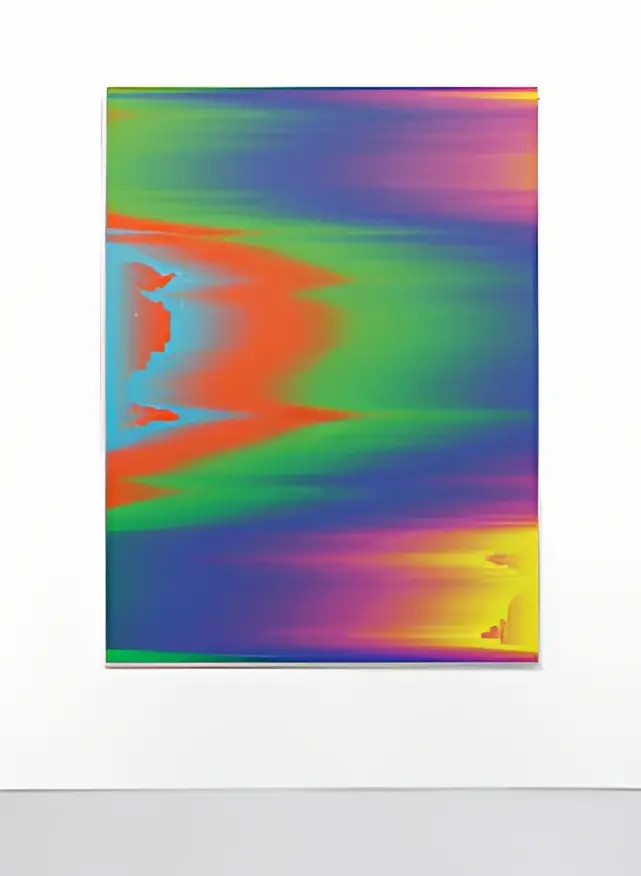
As you progress from one color to another, ensure that the diamonds are placed close together without any gaps. This will help create a natural transition between colors and achieve the desired gradient effect.
Blending and Transitioning Colors
To achieve a seamless gradient, focus on blending the colors together as you progress from one shade to the next. As you place diamonds, use the stylus to gently nudge and adjust the position of adjacent diamonds to create a smooth transition. The goal is to create a visual flow that mimics a natural gradient.
Additionally, consider the placement of diamonds at the border between two colors. Gradually mix the two shades by alternating diamonds from each color, allowing them to overlap slightly for a smoother blend.
Adding Depth with Shading
To enhance the gradient effect and add depth to your diamond painting, consider incorporating shading techniques. Use slightly darker shades strategically to create shadowed areas within the design. By placing darker diamonds along the edges of objects or elements, you can simulate a three-dimensional appearance.
Shading adds a level of realism to the artwork and further emphasizes the depth created by the gradient effect. Experiment with different levels of shading to find the balance that complements your design.
Taking Breaks and Staying Patient
Diamond painting is a relaxing and rewarding activity, but it’s important to take breaks to avoid eye strain and maintain your focus. Set aside dedicated time to work on your painting, and remember that patience is key. Creating a gradient effect requires careful attention to detail, so take your time and enjoy the process.
Frequent breaks also give you the opportunity to step back and assess your progress. This perspective can help you spot any inconsistencies in the gradient and make adjustments as needed.
Final Touches and Quality Check
As you near the completion of your diamond painting, it’s time to review your work for any irregularities or gaps in the gradient effect. Carefully examine each section to ensure that the transition between colors is smooth and visually appealing.
If you notice any gaps or abrupt transitions, make the necessary adjustments by rearranging diamonds or blending colors more effectively. The final touches you apply at this stage can significantly enhance the overall gradient effect.
Sealing and Framing the Artwork
Once you’re satisfied with your diamond painting and have achieved the desired gradient effect, it’s time to seal the artwork to preserve its beauty. Apply a clear protective sealant over the entire canvas to secure the diamonds in place and prevent them from shifting or falling off.
After sealing, you can choose to frame your diamond painting to showcase it as the masterpiece it is. Select a frame that complements the colors in your artwork and provides a polished presentation.
Sharing Your Masterpiece
Creating a diamond painting with a gradient effect is a remarkable accomplishment that deserves to be shared with others. Snap photos of your completed artwork from different angles to capture the full brilliance of the gradient. Share your creation on social media platforms and within online diamond painting communities to inspire and connect with fellow enthusiasts.
Encourage others to try their hand at creating a diamond painting with a gradient effect by sharing your experience, tips, and the joy you’ve derived from the process.
Conclusion
In the world of art and creativity, diamond painting stands out as a unique and engaging craft that allows enthusiasts to unleash their artistic talents. Adding a gradient effect to your diamond painting takes it a step further by introducing depth, dimension, and visual intrigue. By following the steps outlined in this guide, you can embark on a creative journey that results in a stunning masterpiece worthy of admiration.
